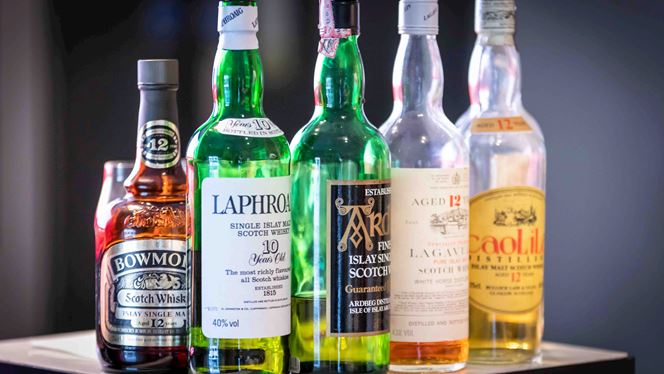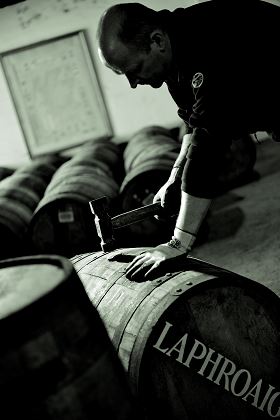-
Créatúr: The rise, fall and rise of single pot still whiskey
While we may now see producers creating modern pot still whiskies – made from a mixture of malted and unmalted barley, as well as other grains – around the world, the style began in Ireland, and is deeply rooted in Irish history.
Dr Fionnán O’Connor is a historian and whisky writer who has done extensive research into the history of Irish whiskey, with his first book being dedicated to the development pot still whiskey. He has continued that research while writing his second book – Créatúr (arriving 2026) – and worked with distillers to revive historic recipes and allow truly old-fashioned Irish whiskey to live again.
Alongside Dr O’Connor's deep dive into Irish history, we will be tasting new and experimental pot-still whiskies from Ireland’s new wave of whiskey makers and some old classics.
“The craic will be mighty. Not to be missed.”
–Dave Broom -
Dave Broom’s Japanese Roadshow: The Past, The Present, The Future
When it comes to exciting countries in the world of whisky, Japan is right at the top of the list. Over the past 100 years, Japanese whisky has gone from being a local delicacy, to a domestic, mass-market behemoth, to an international curiosity and now one of the fastest growing whisky producing countries.
Dave Broom has been investigating Japanese whisky for decades and in this session has brought together whisky makers from three of the countries top distillers to look into the past, present and future of Japanese whisky.
We’ll also be joined by:
-
Shinji Fukuyo – chief blender for Suntory, makers of Hibiki, Yamazaki, Hakushu and more.
-
Jota Tanaka – master blender for Fuji and former blender for Four Roses.
-
Hiromi Ozaki – Senior blender for Nikka.
-
Ichiro Akuto – master blender and founder of Venture Whisky, the company behind Ichiro’s Malts and Chichibu.
-
Yoshigetsu Komasa - master blender and founder of Kanosuke.
This is a unique opportunity to speak to distillers from across the Japanese whisky industry and find out what’s next.
-
-
Glencadam: 200th Anniversary Celebration
Glencadam was founded in 1825 by George Cooper, sat among the fertile fields of the east coast of Scotland between Aberdeen and Dundee. The 200 years since have seen a lot of changes in the area, and it is now only one of two distilleries to survive through that time.
Known for making a light and delicate spirit, the distillery has been revived in recent years by its owners, who have leant into that style and paired it with excellent casks to create a wide range of releases. However, hiding in Glencadam’s warehouses there is a wealth of older whiskies, carefully nurtured and perfect for celebrating the distillery’s 200th anniversary.
Master blender Iain Forteath has been hard at work selecting a range of very special whiskies for this tasting, including a couple of secret whiskies that we can’t tell you about yet – suffice to say that they’ll be worthy of the occasion.
-
Laphroaig: Rarities
Calum Fraser is Laphroaig’s master whisky maker, responsible for curating the distillery’s range as well as creating new entries. While most whisky fans have tried Laphroaig 10 Year Old, it’s these newer entries that are the start of the art, showing how Laphroaig is changing over the years, and using its long history to create tasty new whiskies.
Along with the classic Laphroaig 18 Year Old as a benchmark, we’ll be moving on to whiskies from the Strong Characters, Archive and Wall ranges, as well as something secret that Calum will bring along for the tasting…
If you are a Laphroaig fan, then this is a must – a chance to try some of the oldest whiskies that the distillery has released with the whisky maker who created them.
-
Macallan: The Untold Story
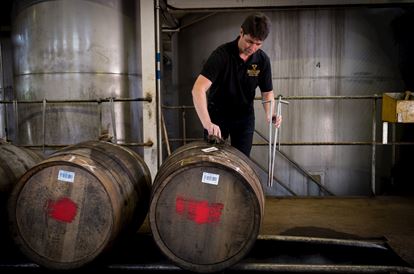
From the mid-1900s to the present day, Macallan’s sherry-focused approach to whisky maturation has built up a worldwide fanbase. However, not only has the community of whisky drinkers changed over the decades, but also how the whisky is made and how it tastes.
Whisky writer Dave Broom and The Whisky Exchange’s buying director Dawn Davies MW have been drinking Macallan for a long time, and have seen those changes. In this tasting, they’ll look back over 30 years of Macallan’s whisky, tasting their way through its history and seeing how things have changed.
This is a great opportunity to try Macallan from over the years and look at how it’s changed from an independent perspective.
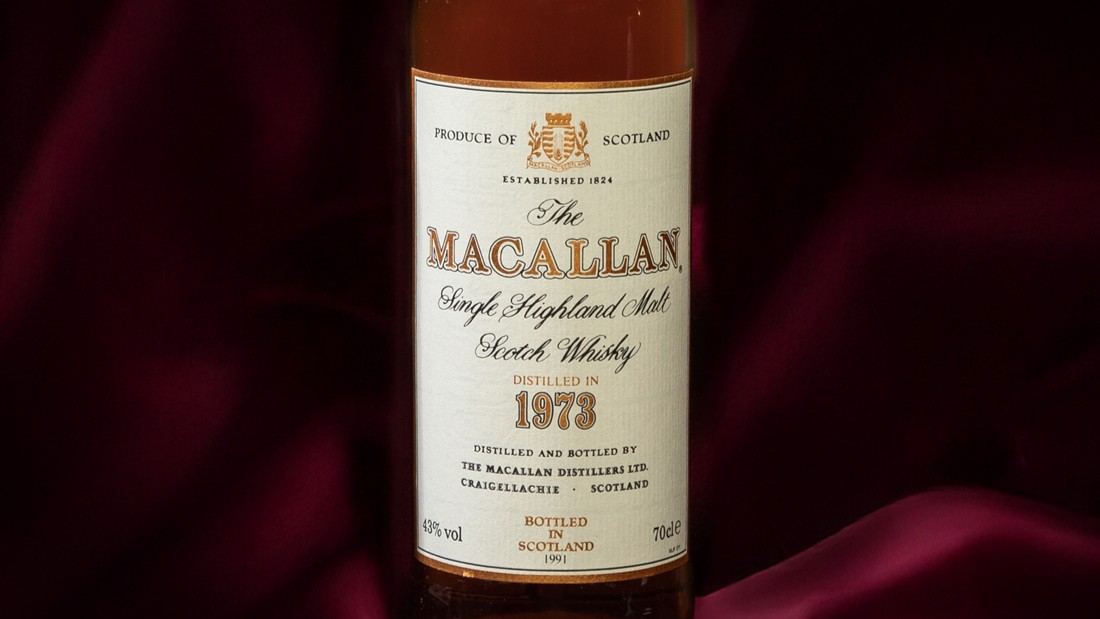
Macallan 1973
The 1970s were a golden age for Macallan – a period where its whiskies were especially rich. Some of that is down to the variety of barley used: Golden Promise. It was particularly well-suited to malting and created whiskies that have become legendary. By the 1980s, its yields proved uneconomical, and it fell by the wayside.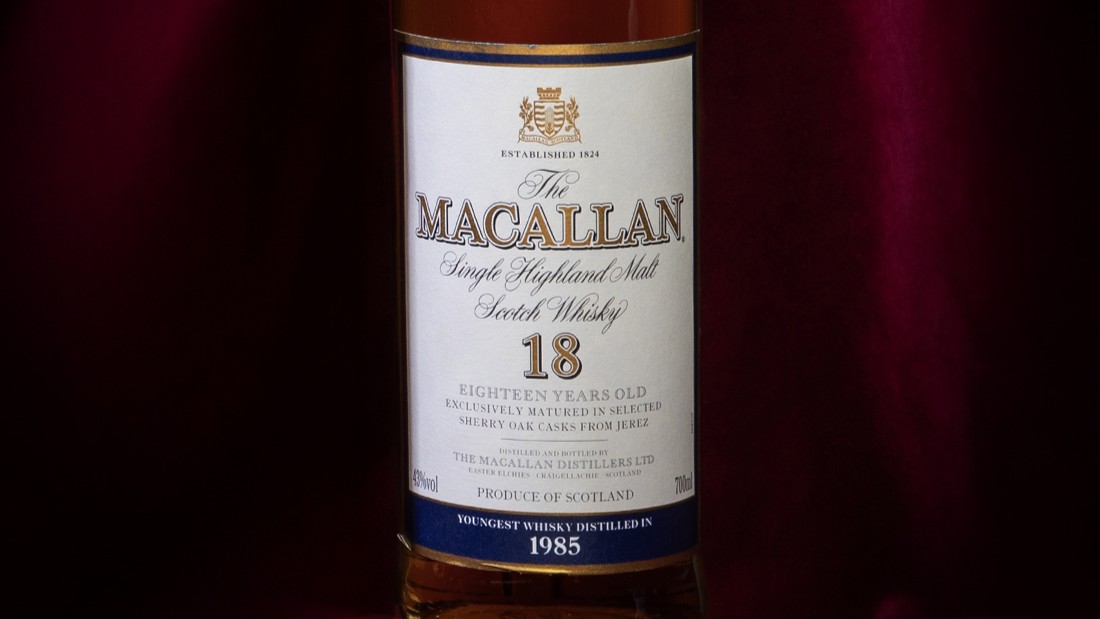
Macallan 1985
If Macallan is famous for any one thing, it is sherry-cask maturation. Modern sherry-cask expressions often tend towards less subtle character, while old-school examples find the cask in harmony with the whisky. This 1980s example is a prime example of the old school: rich and structured with sultanas and sweet spice, and the spirit character shining.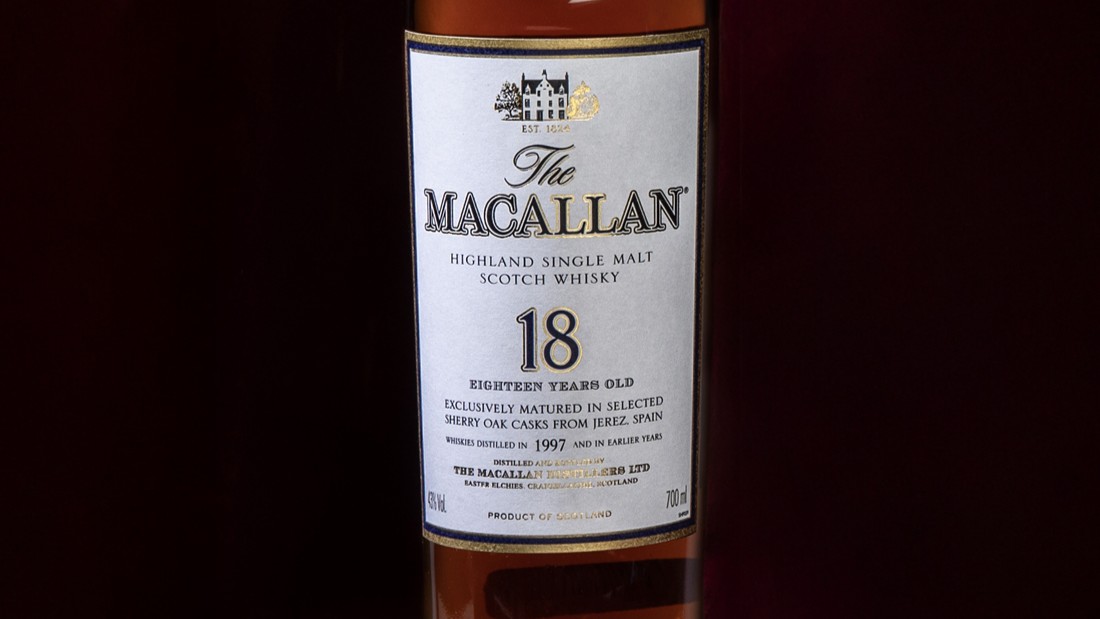
Macallan 1997
The 1990s marked a period of change in the world of whisky: it saw Macallan change its bottle and gain new owners. This 1997 vintage was the last release to bear a date of distillation on the label, with all future releases instead having just the date of release. While you can still work the numbers to calculate when it was distilled, it was the end of an era.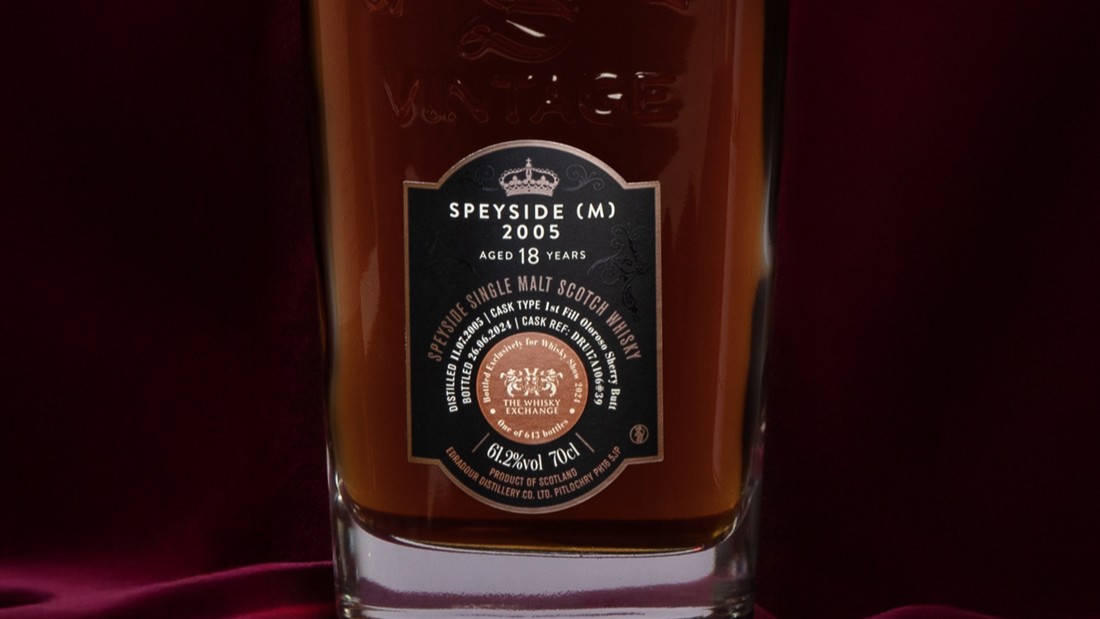
Speyside (M) 2005
Launched at Whisky Show last year, this is an exclusive cask-strength release bottled by Signatory Vintage for The Whisky Exchange that has been matured since 2005 in a single first-fill oloroso sherry butt. This single-cask expression shows the spirit's natural affinity for sherry cask maturation without dilution or other interventions.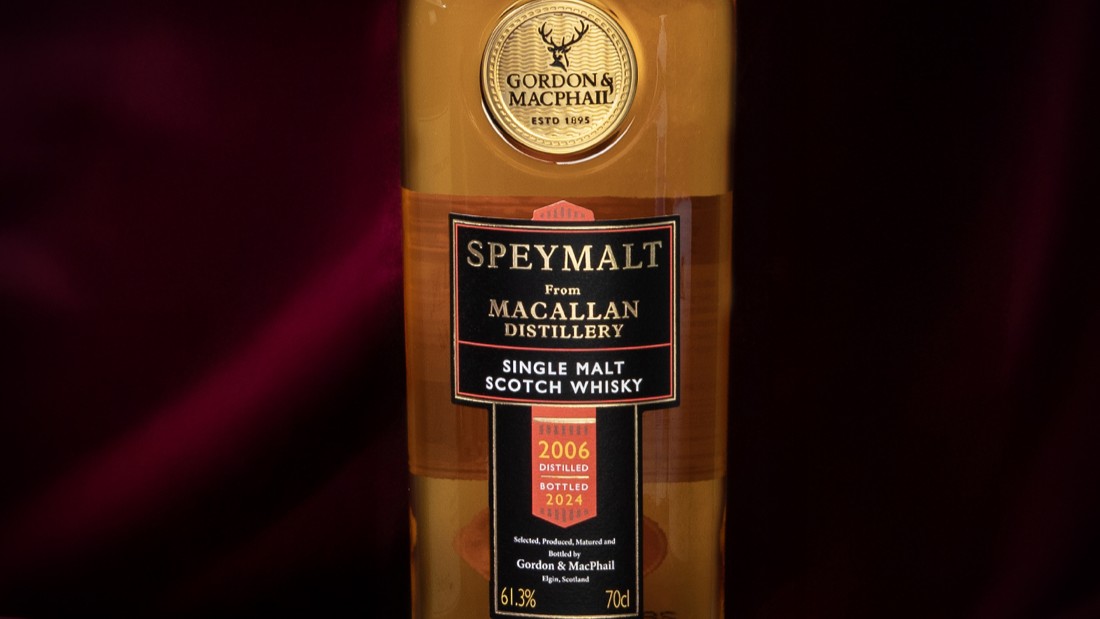
Speymalt 2006
Gordon & Macphail have a long history of working with Macallan, and have been the custodians of some of the oldest releases from the distillery, often bottled with the historically curious name ‘Macallan-Glenlivet’. More recent examples, including this 2006 release, use the name Speymalt, as Macallan now fiercely protects its name.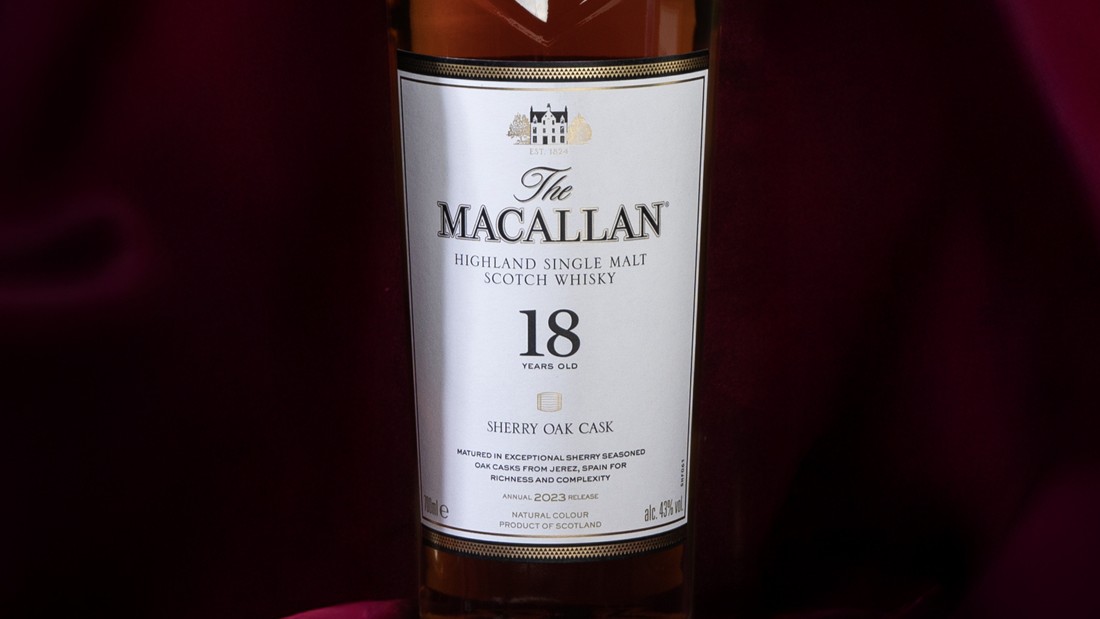
Macallan 18 Year Old Sherry Oak 2023 Release
The jewel in contemporary Macallan's crown, the 18 Year Old Sherry Oak is a whisky which has become a standard against which other luxury whiskies are compared. This 2023 release was distilled in 2004/2005, and shows the distillery's continued commitment to sherry casks, giving the whisky a heart of rich fruitcake and spice. -
Midleton: 200th Anniversary Celebration
While the modern Midleton distillery opened in 1975, the neighbouring Old Midleton Distillery has a history stretching back to 1825. That was the year when it was converted into a distillery, and began to produce spirit that has come to define Irish whiskey.
These days the distillery is home to the Jameson Experience, and its name is used on a small range of whiskies showing off the best that Irish Distillers produces – just the thing to celebrate Midleton Distillery’s 200th birthday.
We’ll be joined by Midleton master distillery Kevin O’Gorman for a dose of history and six very special whiskies.
If you’re a fan of Irish whiskey, then this is a masterclass you can’t miss.
-
Octomore: The Making of An Islay Legend
Originally launched in 2008 as a reaction to a string of super-peaty releases from other distilleries, Octomore pushed the concept of smoky whisky to another level, proving that Bruichladdich could turn its hand to almost any type of whisky.
When maltsters produce peated malt, they often make a batch as smoky as possible and then mix it with other barley to create a mixture with the level of smokiness required. Octomore started out from a simple question: “What if we don’t mix that smoky barley with anything else?”
As such, peating levels in the barley vary – from 80ppm to a massive 309ppm so far – which has led to a tradition of yearly releases, each from different batches and showing the wide range of flavours that can be found in super-smoky malt.
For this session, we’ll be joined by Adam Hannett, head distiller at Bruichladdich since 2015, to share the story behind the whisky. We’ll be tasting recent and archive bottlings, including a legendary example peated to 309 ppm, and look to what the future might hold.
If you’re a peat fiend, this is your chance to sit down with the whisky that has pushed the idea of smokiness to the limit.
-
The House of Suntory: The Casks of Yamazaki
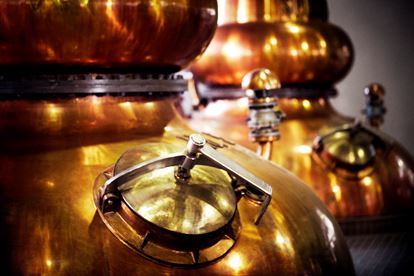
Suntory master blender Shinji Fukuyo will join Dave Broom for an exploration of Yamazaki’s warehouses.
We’ll be trying cask samples to help dive into how mizunara (Japanese oak) changes a whisky’s flavour as it ages, comparing it with bourbon-cask-matured samples, and even trying something special that hasn’t been released yet…
If you’re a fan of Yamazaki or Japanese whisky at all, this is the tasting for you. A chance to not only taste cask samples directly from the Suntory warehouses, but be led through by master blender Fukuyo himself.
-
The Lost Distilleries of Scotland
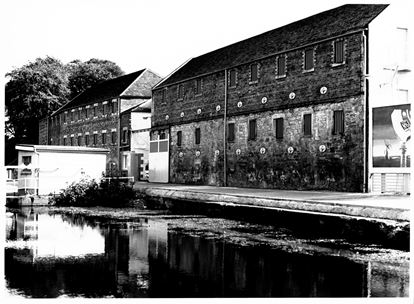
It’s a strange artifact of the long time that it takes to mature that we can sometimes taste a whisky that was made at a distllery that no longer exists. Sat safely in warehouses, casks of whisky can survive beyond the stills that were used to make them, giving us the chance to taste lost history.
The tasting will be hosted by The Whisky Exchange’s co-founder Sukhinder Singh and old & rare buyer Jason Vaswani, who have spent decades between them seeking out rare examples of whisky from closed distilleries from across Scotland.
From the famed Port Ellen and Rosebank – now rebuilt and producing whisky under the same names – to lesser known gems like Glenugie and Glen Albyn as well as more widely lamented Convalmore and Caperondich, the lineup shows off some of Sukhinder and Jason’s finest finds.
-
The Three Blind Men Strike Again
Whisky writer Dave Broom will be joined on our tasting panel by Elixir Distillers’ Sukhinder Singh and Whiskyfun.com’s Serge Valentin. Between the three of them, they’ve tried tens of thousands of whiskies (Serge is up to more than 20k on his website alone…), and if anyone’s got a chance of correctly identifying whiskies blind, it’s them.
Come along and see if you have the skills to match up with the experts.
We can’t tell you what the whiskies are, but we can guarantee you that they’ll be great drams and that it’ll be a great tasting.
-
Wax on, Wax off: The History of Brora and Clynelish with Serge Valentin
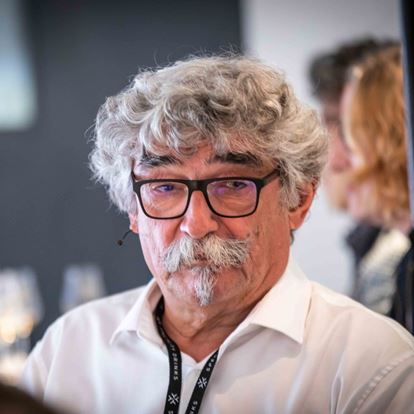
Serge is well-known across the whisky world as the man behind Whiskyfun.com, one of the most influential whisky blogs, founded way back in 2002. While Serge has tasted whiskies from pretty much every disitllery in the world, it is Clynelish and Brora’s famously waxy character that has brought him back to the distillery time and time again.
While Brora has reopened in the past few years, in this tasting we’ll be going back to the olden days, we’ll be tasting spirits distilled in the 1970s and early 1980s, the years before it closed seemingly for good. We’ll be chasing these with a selection from sister distillery Clynelish, stepping back into the 1970s, as well as tasting more modern bottlings long-aged to show how the distillery character develops.
If you’re a fan of waxy whisky, then you can’t miss this. Serge is an excellent speaker and a true lover of Brora and Clynelish, and the line up of this tasting shows off the very best of the distilleries.
-
What is a Sherry Cask? No, Really: What is a Sherry Cask?
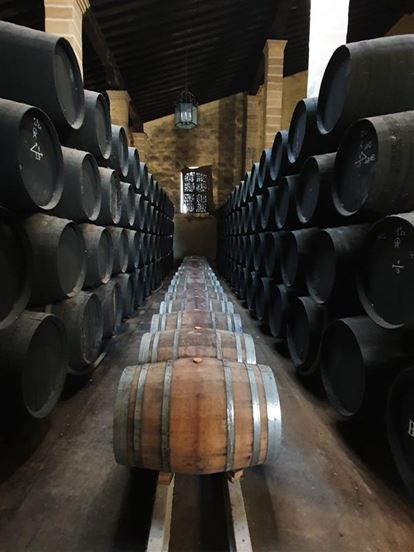
Sherry is a fortified wine made in a small region in south-west Spain. With a definition like that, ‘what is a sherry cask?’ should be a simple question to answer.
Unfortunately, as is often the way, it’s more complicated than that.
Fortunately, Diego Borrás works with sherry and whisky makers to source casks and pair them with whiskies, and knows how it all comes together. He and cask-obsessive Billy Abbott will lead us on a tasting journey pulling apart how sherry casks are made and how they affect the flavour of their contents, and dispelling the myths that still surround them.

